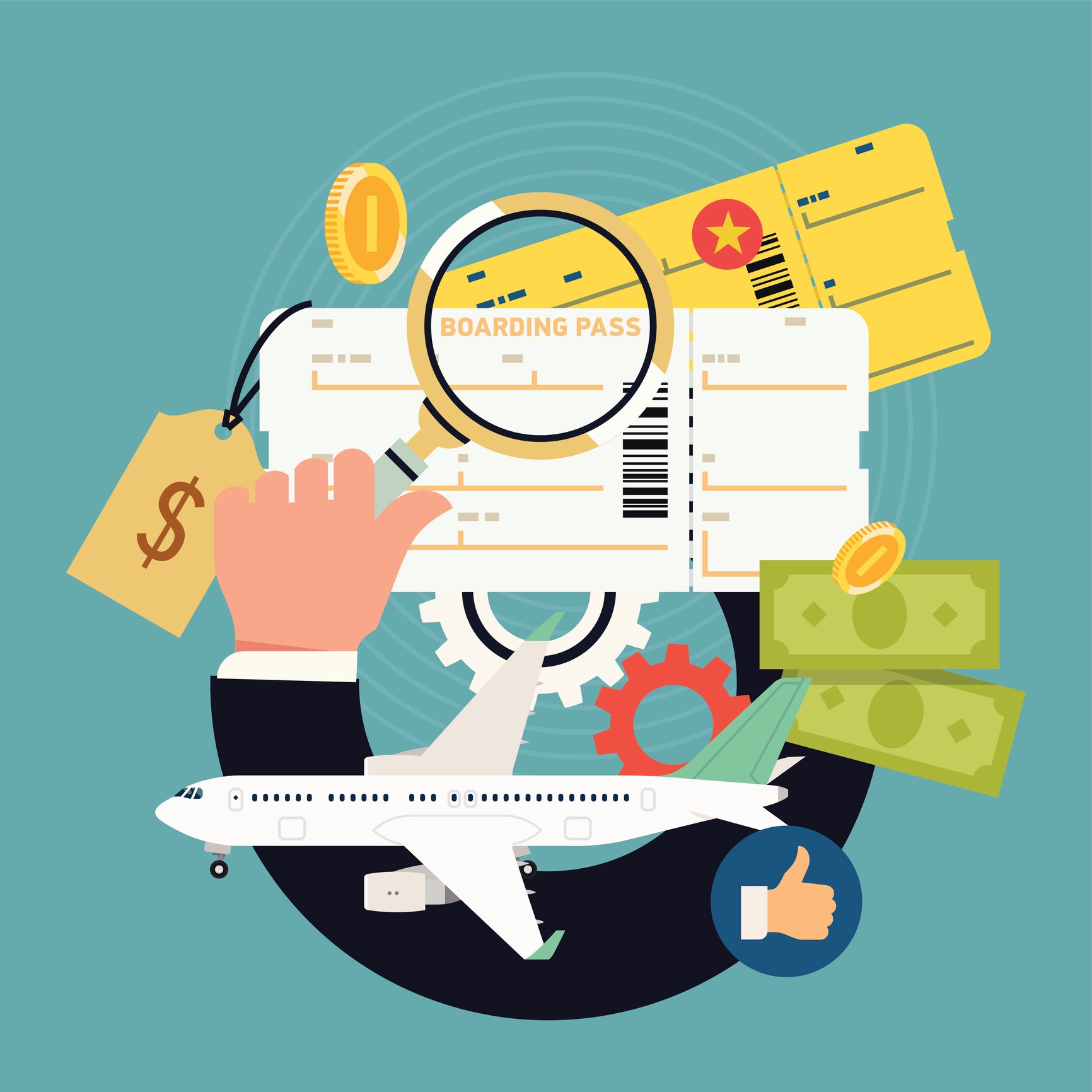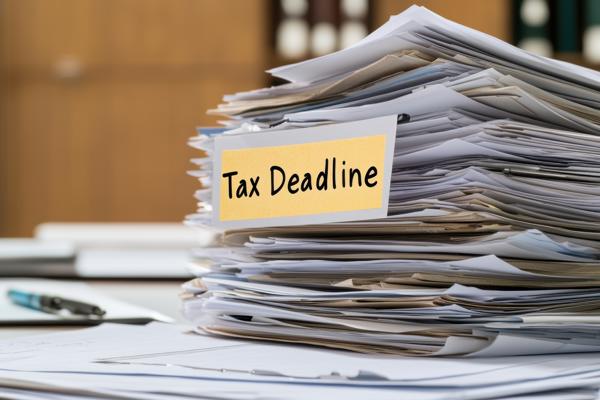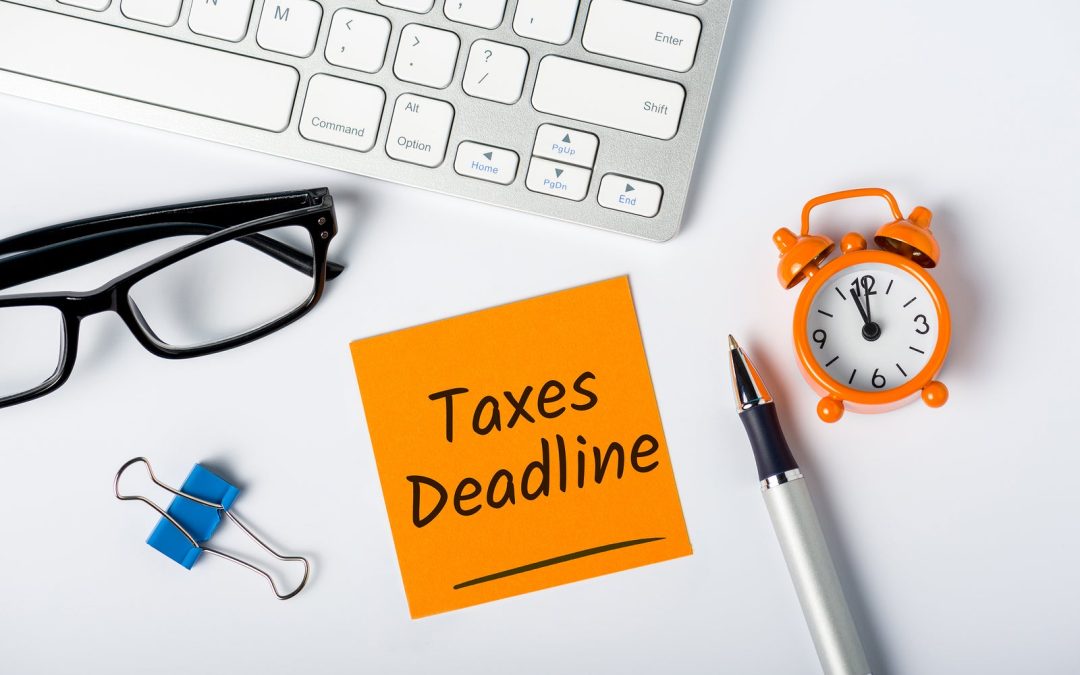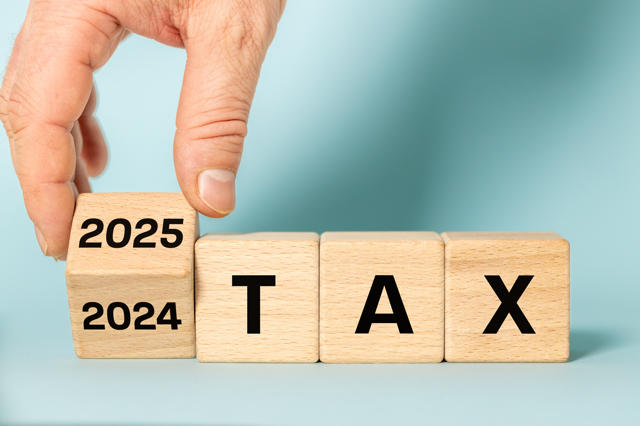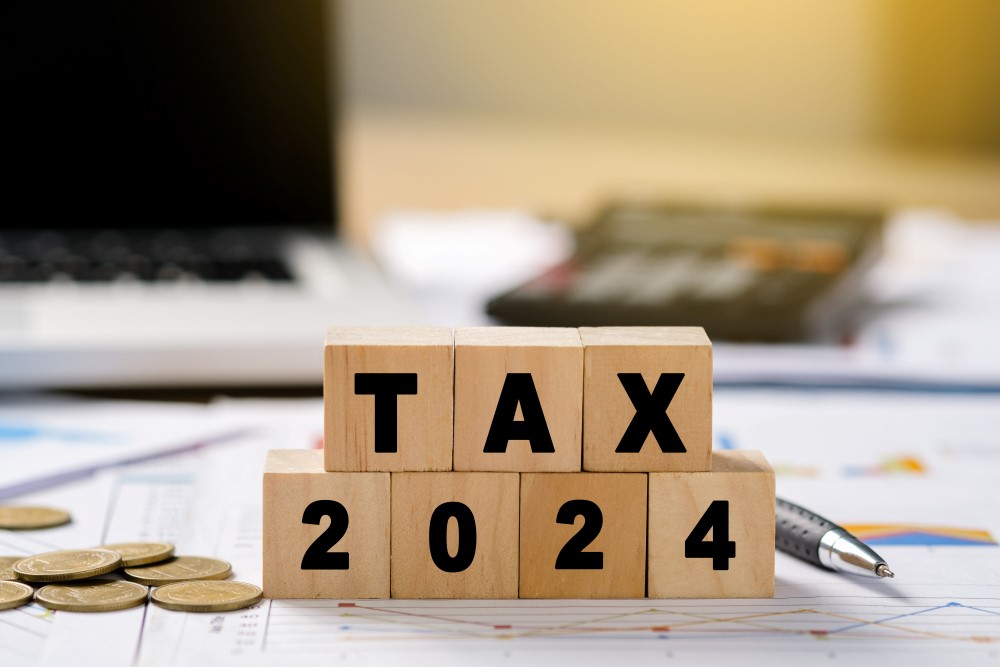Travel Allowances
A tax-free travel allowance must be for travel costs on top of the usual cost of travel between home and work and it must be work-related.
For instance, the employee may incur travel costs on top of their normal travel between home and work, if the employee:
is working outside the normal hours of work, as in overtime, shift, or weekend work For example: A commercial cleaner travels by bus to start work at 8pm and finishes at midnight, when there is no bus available to travel home. The employee travels home by taxi.
needs to carry work-related tools and equipment which they don’t normally need to carry For example: The company van/truck is double-booked, and the employee uses their own van/truck to complete business deliveries.
is travelling to do something you need done for your business For example: You need the employee to carry out periodic safety inspections of equipment installed for a number of clients at their plants and factories.
has a temporary change in workplace For example: An employee is assigned to work at another branch across town for eight months. He or she incurs the cost of additional bus trips for that period.
is travelling to a worksite and there is no adequate public transport
Calculating the tax-free amount
For all of these special circumstances, except lack of adequate public transport, the tax-free amount is the actual cost of travelling between home and work, less the employee’s usual transport costs. The amount equating to the employee’s usual travel costs is taxable.
If you pay a travelling allowance because there’s a lack of adequate public transport, the first $5 of the daily travelling allowance is taxable with any additional amount being tax-free.
Where the employee is using their own vehicle, you can use Inland Revenue’s rates if the actual cost per kilometre is not available.
What do I have to do?
Add the amount of the allowance to your employee’s net salary or wages (i.e. after PAYE) when you pay them
Do not show the tax-free amount when filing employment information
Show the total amount of the tax-free allowance paid in your wage book
What about where the employee works from home?
The decision that a travel allowance you pay an employee is tax-free relies on the travel being ‘on work’ rather than just ‘getting to work’. A travel allowance or reimbursement would be tax-free when:
the employee’s home is their base of operations (or one of them) and their work takes them all over the place
the employee is on call at home and must travel to emergency callouts
the travel is ‘on work’ between two workplaces, one of which is also the employee’s home
Keep in mind
The travel allowance is considered to be tax-free if it pays an employee back for travel that is somehow additional to what they would normally undertake to go to and from work. Where paying allowances for travel, make a note of the special circumstances which justify the allowance being taxfree.
If you’d like to talk more about travel allowances or about record-keeping for payroll, let us know.
